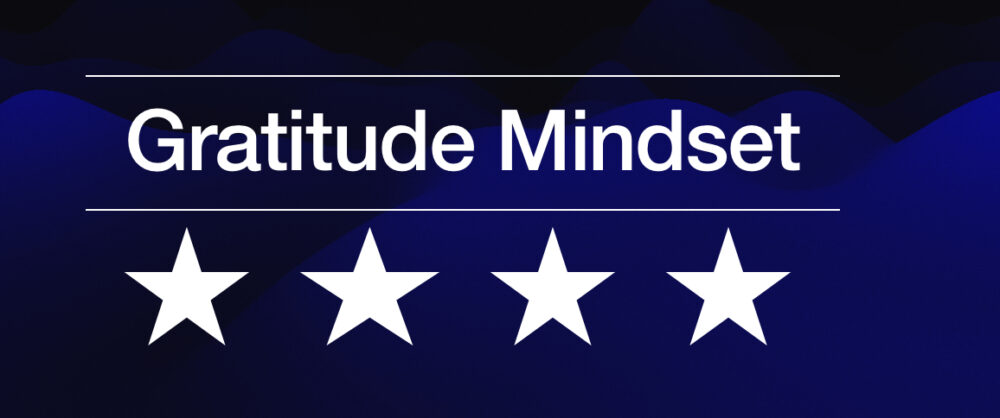“If you don’t know what you want, it’s difficult—often impossible—to create or to get what you want in life.” Paul J. Meyers
People generally think they know what they want, but in practice, they do not. Generally, they don’t know what they really want in life or want to do. Additionally, they don’t know where to start, don’t have a plan, and don’t where to look for help to change that.

American author Mark Twain said he could teach anyone how to get what they want; he just couldn’t find anyone who truly knew what they wanted. Being unclear on what you want is one of the biggest stumbling blocks to getting what you want and success. Paul Meyer, founder of Success Motivation Institute, says if you’re not achieving the success you desire, it’s simply because your objectives are not clearly defined. Your goals need to be written, specific and measurable.
Hundred of thousands of people live there lives without purpose or goals. If you don’t want to spend your life wandering aimlessly, you should dedicate your waking hours determining exactly what you want in life and making plans to achieve those goals.
“Crystallize your goals. Make a plan for achieving them and set yourself a deadline. Then, with supreme confidence, determination and disregard for obstacles and other people’s criticisms, carry out your plan.” Paul J. Meyer
Knowing what you want.
If you don’t know what you really want in life, you’re not alone. While most people may think they know what they want, they’re often wrong.
Positive mindset, attitude and focus are vitally important attributes. The attributes are required to reach your goals and to realize your dreams. Thus, you should have a real understanding that you are responsible and capable of creating your reality regardless of the various obstacles you might encounter along the way. According to Inc. Magazine, here are six steps to help you achieve what you want:
1. Make a decision to have what you want, even if you don’t know how to get it. Most people are tentative when it comes to being specific. Instead, be confident in declaring what you want and be comfortable with the fact that you don’t yet have a plan, but you do know what you want.
2. Be clear about the details of the outcome. You should focus on what you do want, not what you don’t want. Practice visualizing yourself in the situation you want to create. You must be clear about what you want, like financial freedom, finding the perfect partner or a happy life. You must imagine the look, feel and sound of the perfect situation for you in your life.
3. Detach from the process. Not knowing “how” to do something holds many people back. The “how to do it,” instructions will appear after you have clearly defined what you want.
4. Believe in yourself and expect that it will happen. You need to believe in yourself and in the creative process. Winners expect to win. A shortage of belief causes many people to give up or never begin in the first place. Believe and set an expectation that what you want will, in fact, appear. It may not appear in the way you thought or at the precise time. You may even experience frustration, anxiety or impatience trying to control the outcome.
“When you believe in yourself, others tend to believe in you.” Paul J. Meyers
5. Be open to possibility when things don’t go your way. The path to the outcome may show up in ways you never imagined before. Suspend judgment of how things should be done and consider that the very thing you think is a deterrent may be the very thing you need to get what you want. Many times, people, circumstances and resources will show up, but you’ll miss the connection. This is where not knowing how, while keeping your eye on the goal, is important.
6. Practice gratitude. Be thankful for the things you have in your life right now. Look at your challenges as opportunities to grow. When you practice being thankful for specific events in your life, even when you don’t understand why they appear in your life, your ability to manifest accelerates almost to the speed of thought.
Getting what you want is not always simple and easy. Challenges, emotions, other people’s negative views and comments can set you back. But in the end, it all comes back down to your choice, commitment, effort and most of all…attitude. It’s essential to choose what you want, believe in your abilities, trust the process, have faith that it will happen and embrace the right attitude.
That is why “attitude is everything”.
“Attitude is everything,” according to Meyers. “It doesn’t matter where you are or what you’re doing, it all has to do with attitude. And then I have an I will-not-be denied attitude. And that’s an incredible thing to have. I don’t look to my weakness; I look to my strength. I don’t look to my problems; I look to my power. It’s all about attitude.”
“When winners choose a goal, their commitment to achieving it is firm and steadfast,” says Meyers. “When winners are confronted with hurdles or run into stumbling blocks, they go over them or turn them into stepping stones. Winners pursue their goals persistently until they succeed.”
Every day, you should strive for increased clarity around your goals and knowing what you really want. Having clarity about what you want keeps you moving toward it.
References:
- https://ninaamir.com/the-importance-of-knowing-what-you-want/
- https://www.lifehack.org/articles/communication/7-ways-find-out-what-you-really-want-life.html
- http://successnet.org/cms/goals/top-ten-reasons-people-dont-achieve-their-goals
- https://www.psychologytoday.com/us/blog/the-second-noble-truth/201711/you-dont-know-what-you-want
- https://www.inc.com/stephanie-frank/6-steps-to-get-anything-you-want-even-if-you-dont-know-how.html
- https://www.success.com/paul-j-meyer-what-it-takes-to-be-a-winner/






